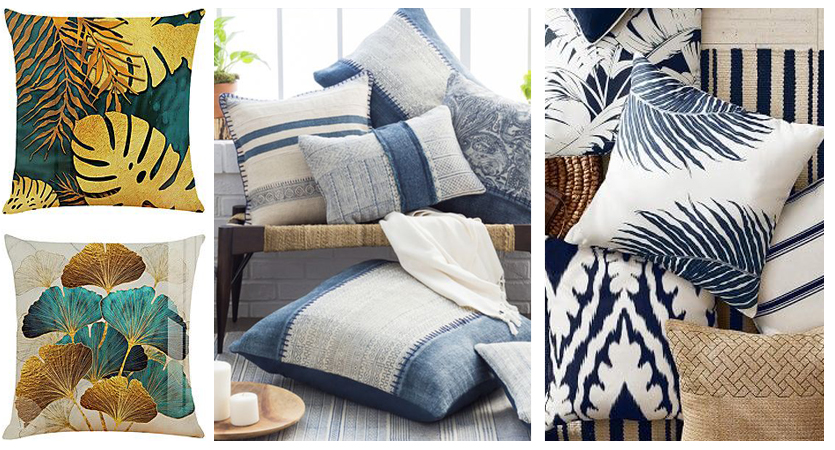
Sofa / couch is surely the one of the most expensive purchases you'll probably make for your dream home. As this piece of furniture is going to serve you for long time to come, there is sense in spending right amount of money and time and effort for this selection. It is a piece of furniture that would be used by owners, guests for watching tv, napping, relaxing and during party for eating and entertaining.
These are the six things you should think about when purchasing a new sofa, starting with taking measurements and picking the best frame and ending with gathering fabric swatches.
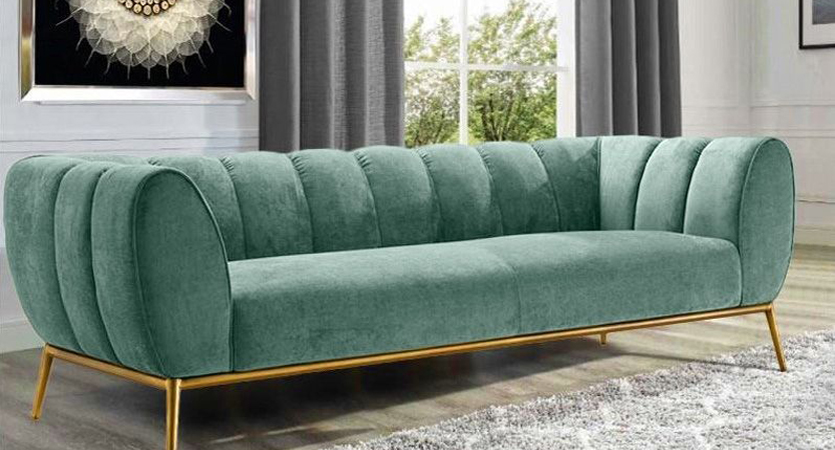
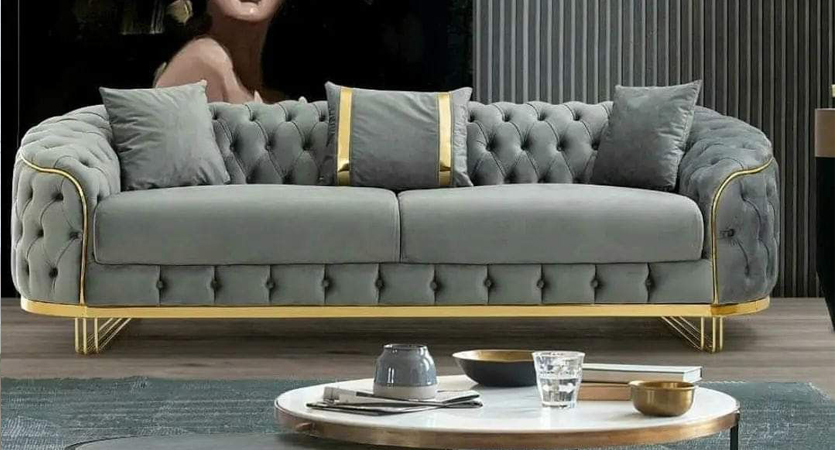
TRY BEFORE YOU BUY
You know how you perform the traditional bottom test when looking for a new mattress, we do that quite often, to judge the sofa bottom same logic has to be applied, 60 CMS is the average depth for seat of the sofa, that surely gives you plenty of room to move if you have long legs and allowing you to comfortably tuck them under if you are shorter. To ensure you have good back support, it's vital to test out numerous designs because seat depths do vary. The majority of designs range in height from 45 to 50 cm for the seat. Again, test it out before you buy to make sure it fits you because there is no right or incorrect height.
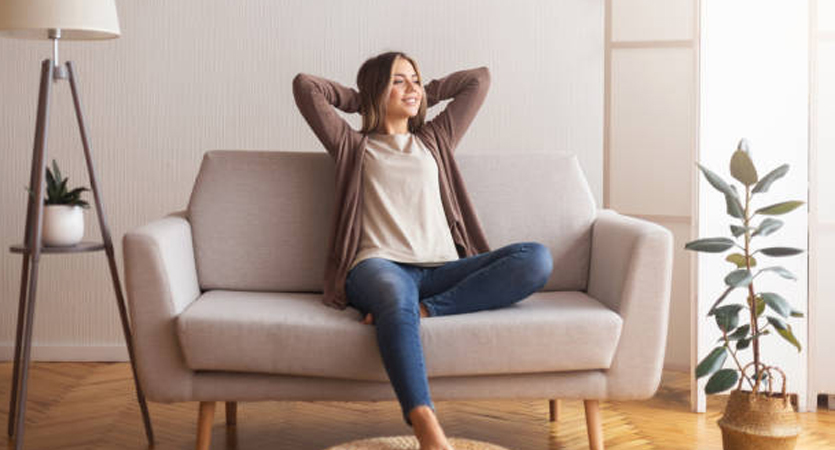
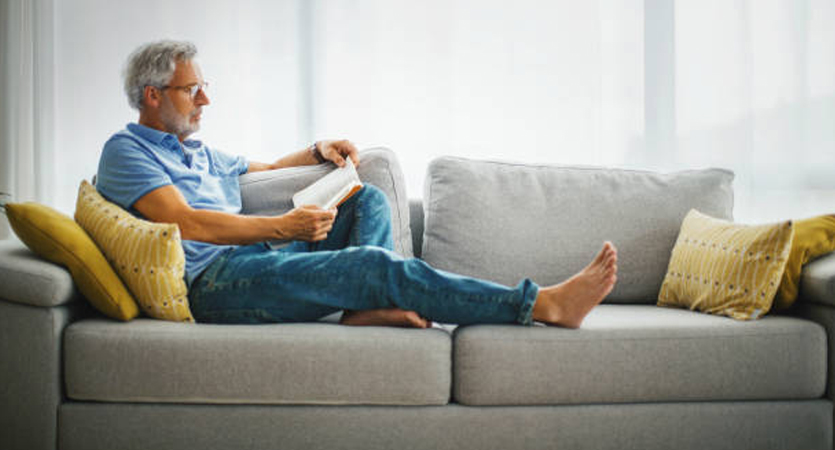
BUY A QUALITY FRAME
Spend as much money as you can on a high-quality frame because it will last you for many years of relaxing. A strong oak frame is a good choice, but metal or particleboard construction should be avoided. Before you buy, make sure to consider the guarantee as well. Always choose manufacturers who provide at least a 15-year warranty.
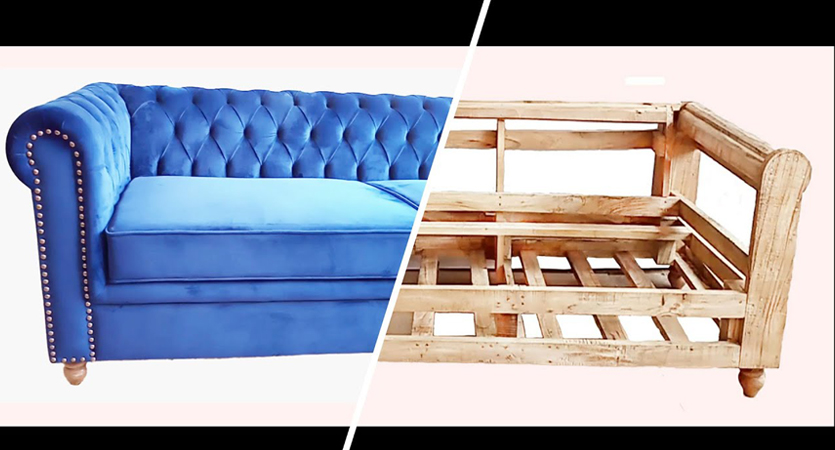
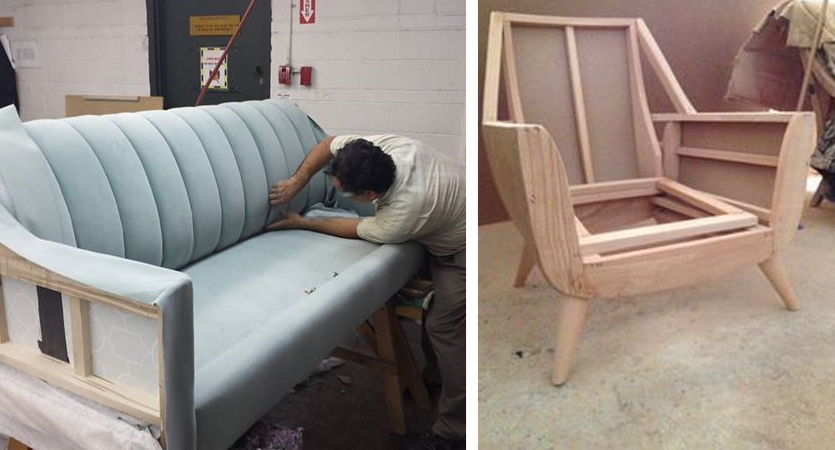
CHECK SWATCHES
Having actual sofa samples in your living room can make a world of difference. Without swatches, it can be difficult to judge the scale of a pattern repeat, or how the light in your living room affects the color or sheen of a fabric.
If you're remodeling your entire room, we advise you to bring the fabric catalogue at the place where exact sofa piece is going to be placed that can give you further confidence to choose from ambiguous 4-5 shades those you are planning as part of your mood board. Although a real mood board is always advised, there are many excellent digital tools available to assist you in organizing your design strategy.
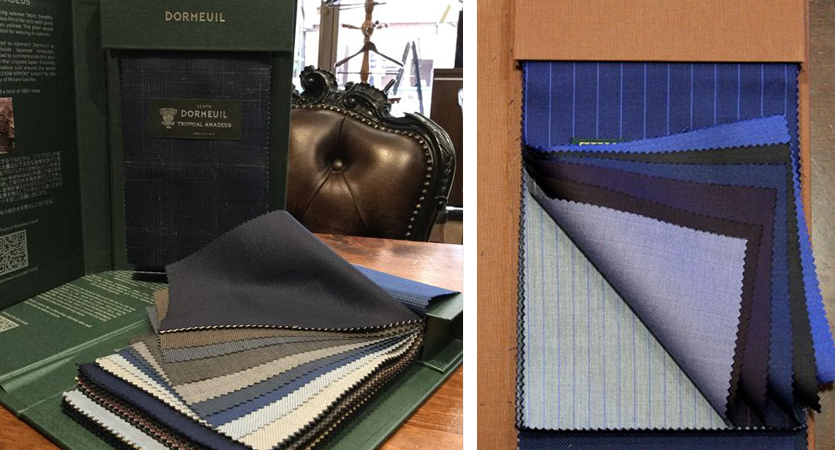
SELECT THE CUSHION
The inside of the sofa like foam, belts etc must be thoroughly evaluated, the interior is also as significant as its exterior. While foam or fiber fillings may flatten out and lose their form with time, feather-filled cushions are superbly comfortable for the sofa back and regular plumping will surely add life to it.
The ideal response? A combination of feather and foam is advised by the Sofa.com staff because "feathers give the squish while the foam provides rigidity." Feather-filled back cushions and foam- or fiber-filled seat cushions both perform nicely.
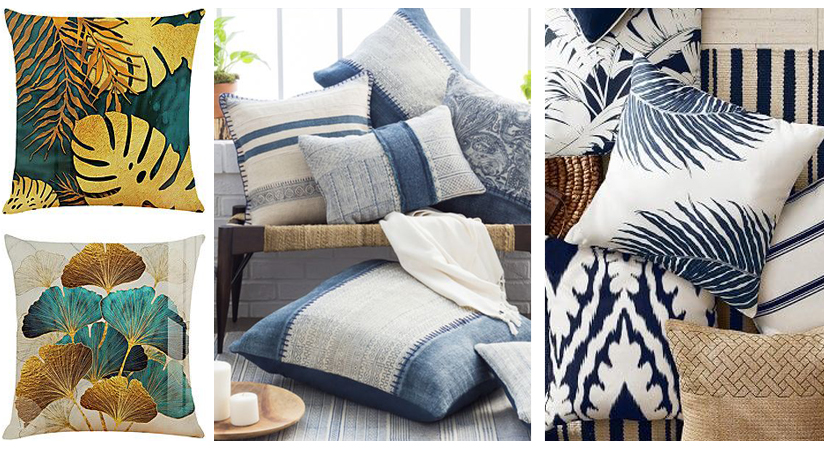
SELECT THE FABRIC
Be sure it suits your design taste before making your final choice of upholstery fabric because it will have a big impact on the room whether you choose a bold color, pattern, or neutral. If the sofa will be near a window, opt for a synthetic fabric rather than a natural one because the latter may fade in direct sunlight.
Choose a fabric that is simple to spot-clean if you have a dog or cat because it's crucial in a busy family household. In this situation, leather, microfiber, velvet, and canvas are all excellent choices. Textured weaves are very durable and forgiving of stains, and loose covers are also worth considering because they can be taken off for cleaning and some are even machine washable.
MEASURE UP
Nothing is worse than spending money on furniture that doesn't suit your room, so take measurements before you do anything. Use the tape measure to determine the largest sofa measurements that will fit in and complement your area.
Both the breadth and the depth should be taken into consideration. When purchasing a sofa for a smaller space, she advises paying close attention to the sofa's depth because it rarely varies from bigger to smaller sofa sizes. Additionally, consider the height of the sofa, particularly if your room has radiators or shelving.
Cutting out the shape of your sofa from newspaper and placing it on the floor of the room is one way to ensure that it will fit in your area. This enables you to make sure you have enough area to move around it without difficulty and that you've allowed enough room for shelves, radiators, and other furniture, as well as the opening of wardrobes, swinging doors, and windows panels.
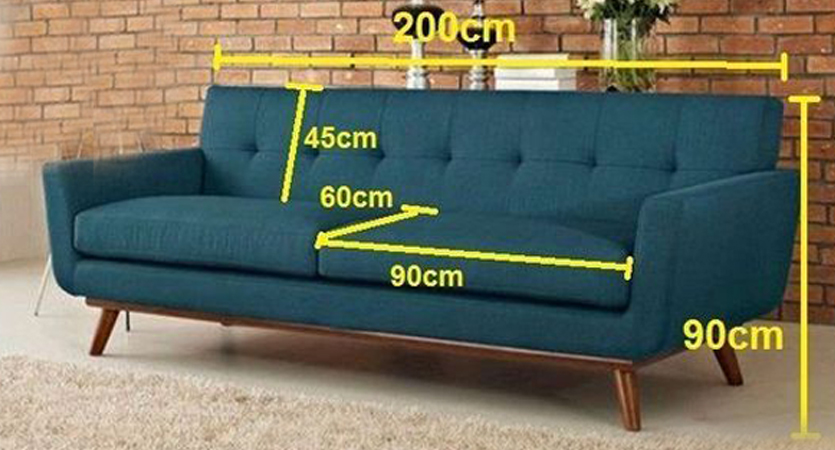

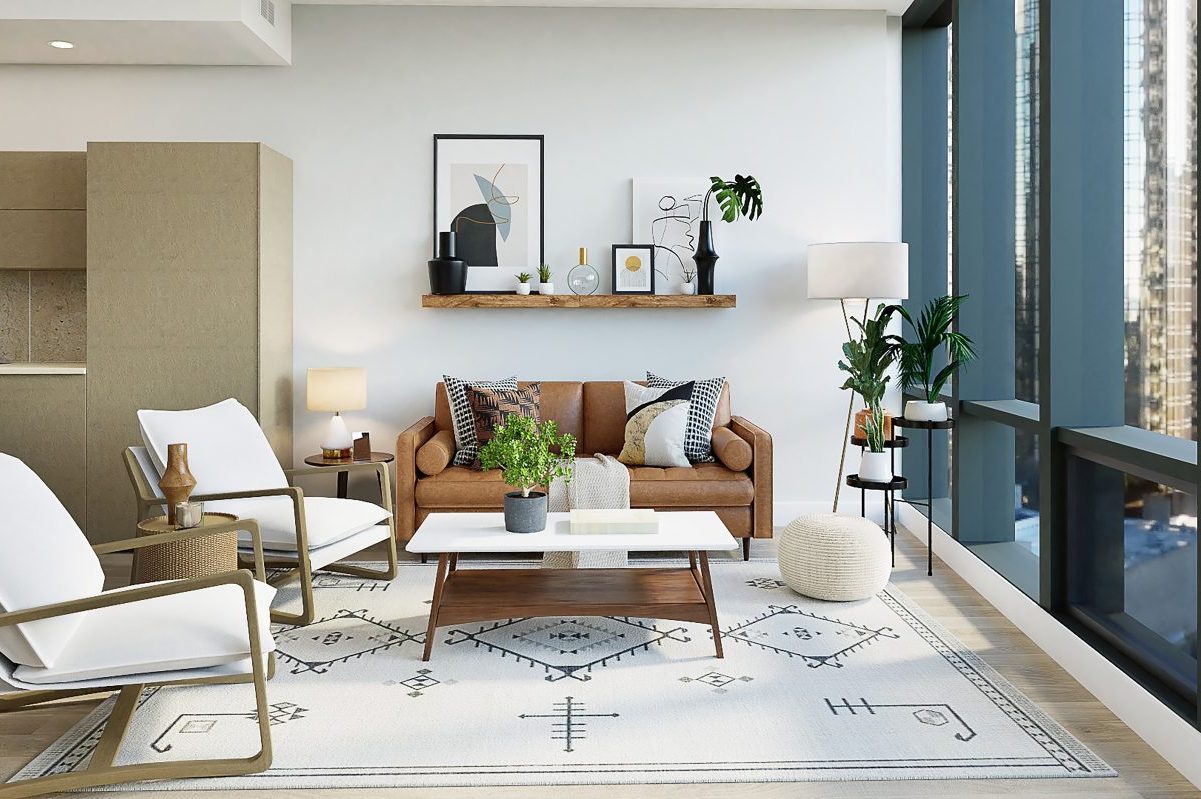

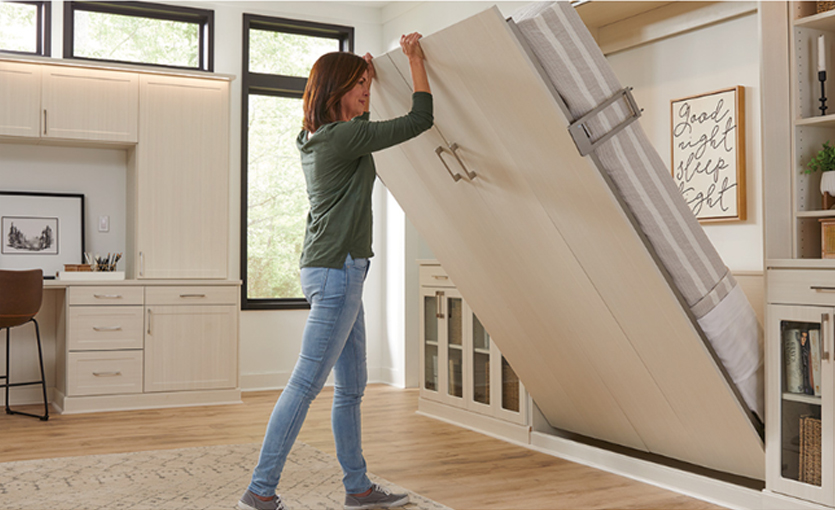
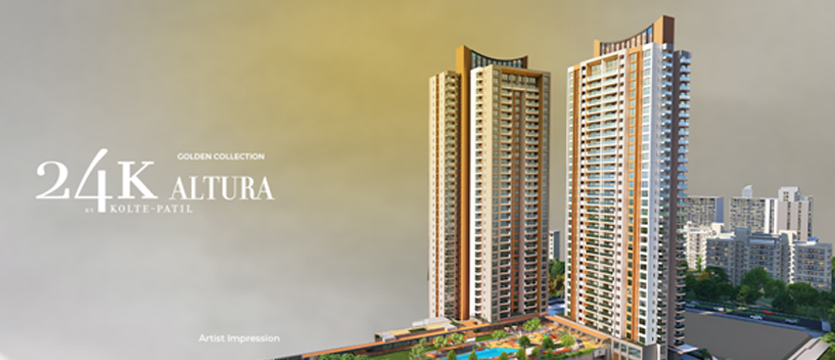

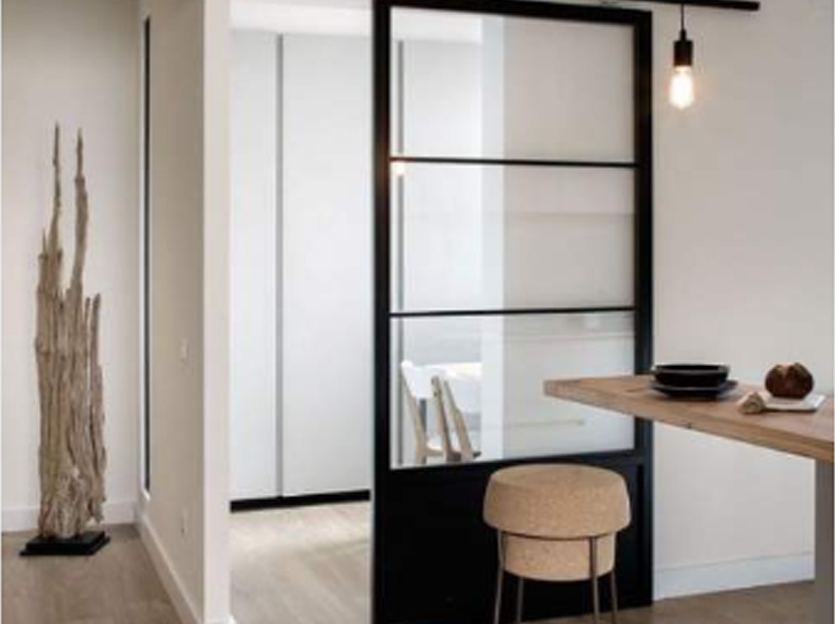
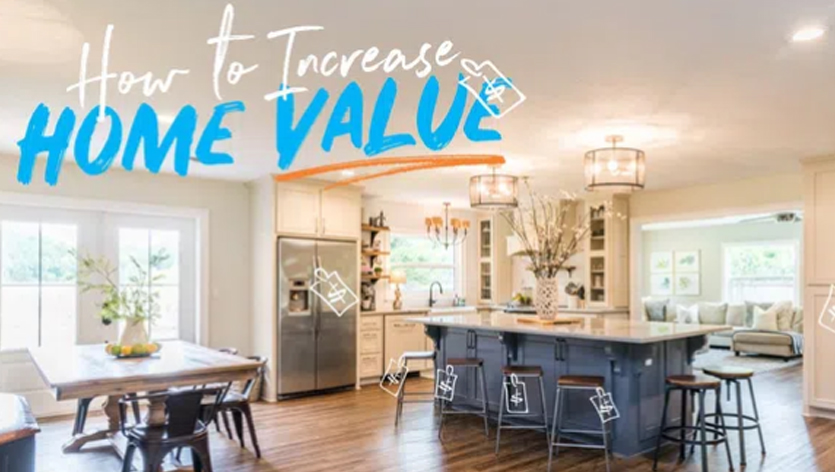
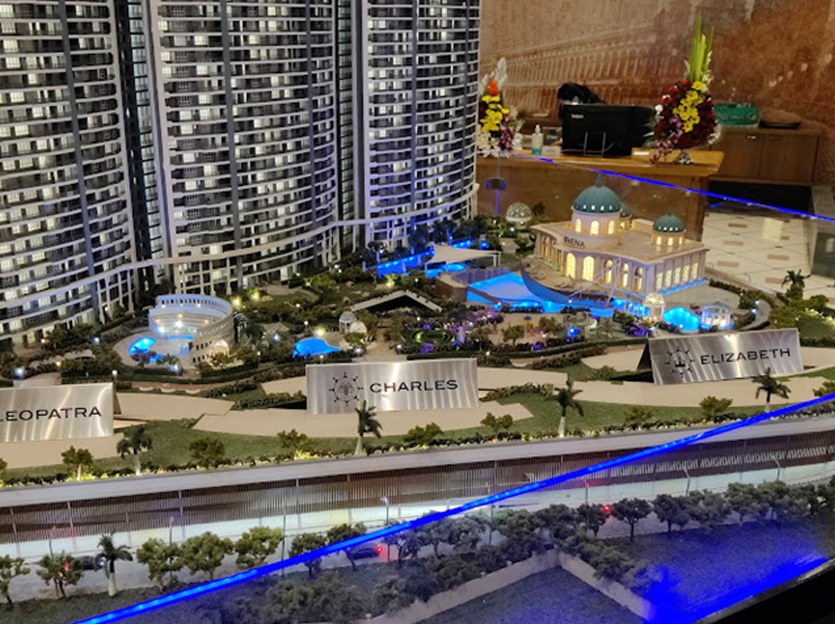
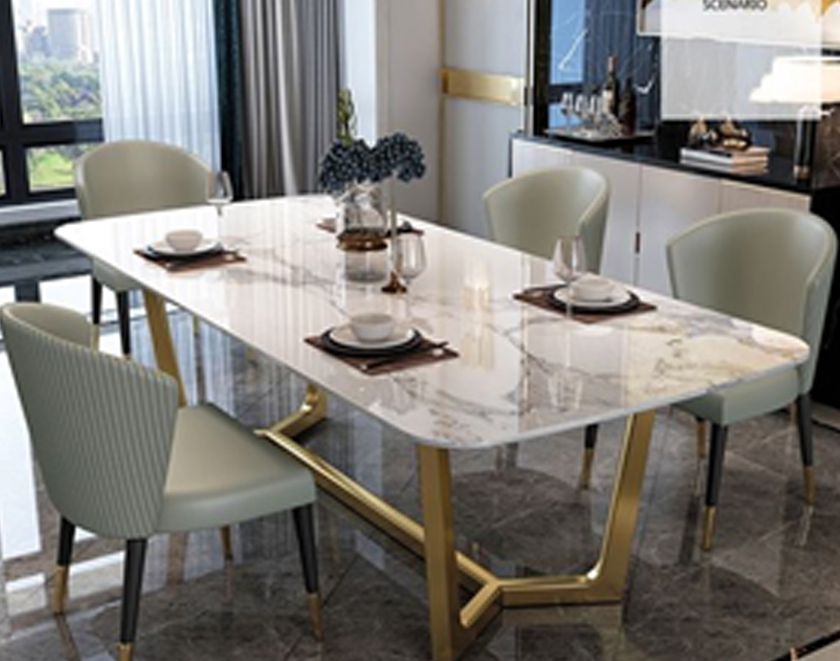

Post a Comment